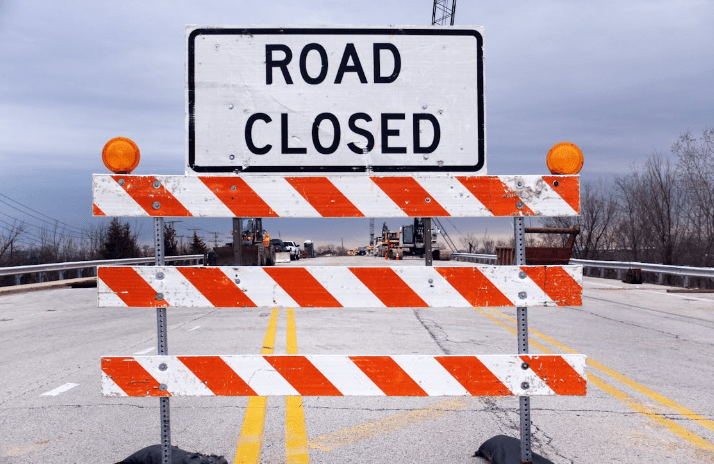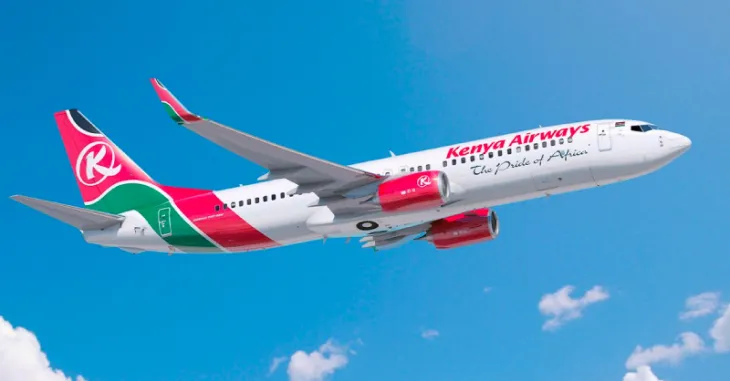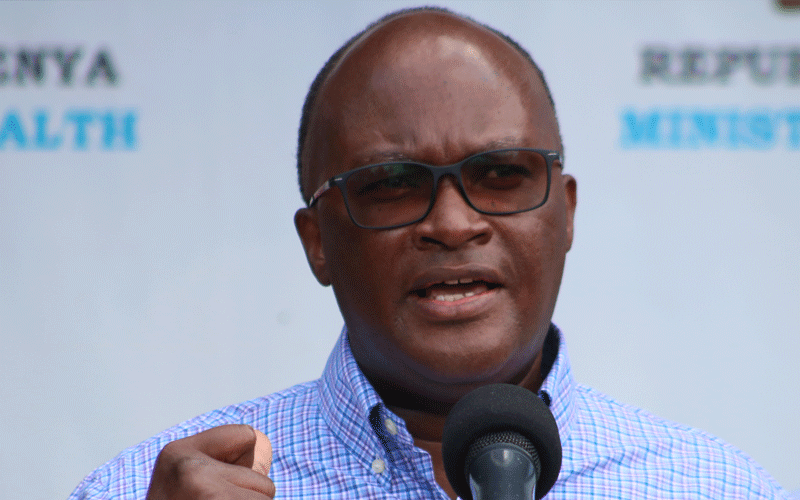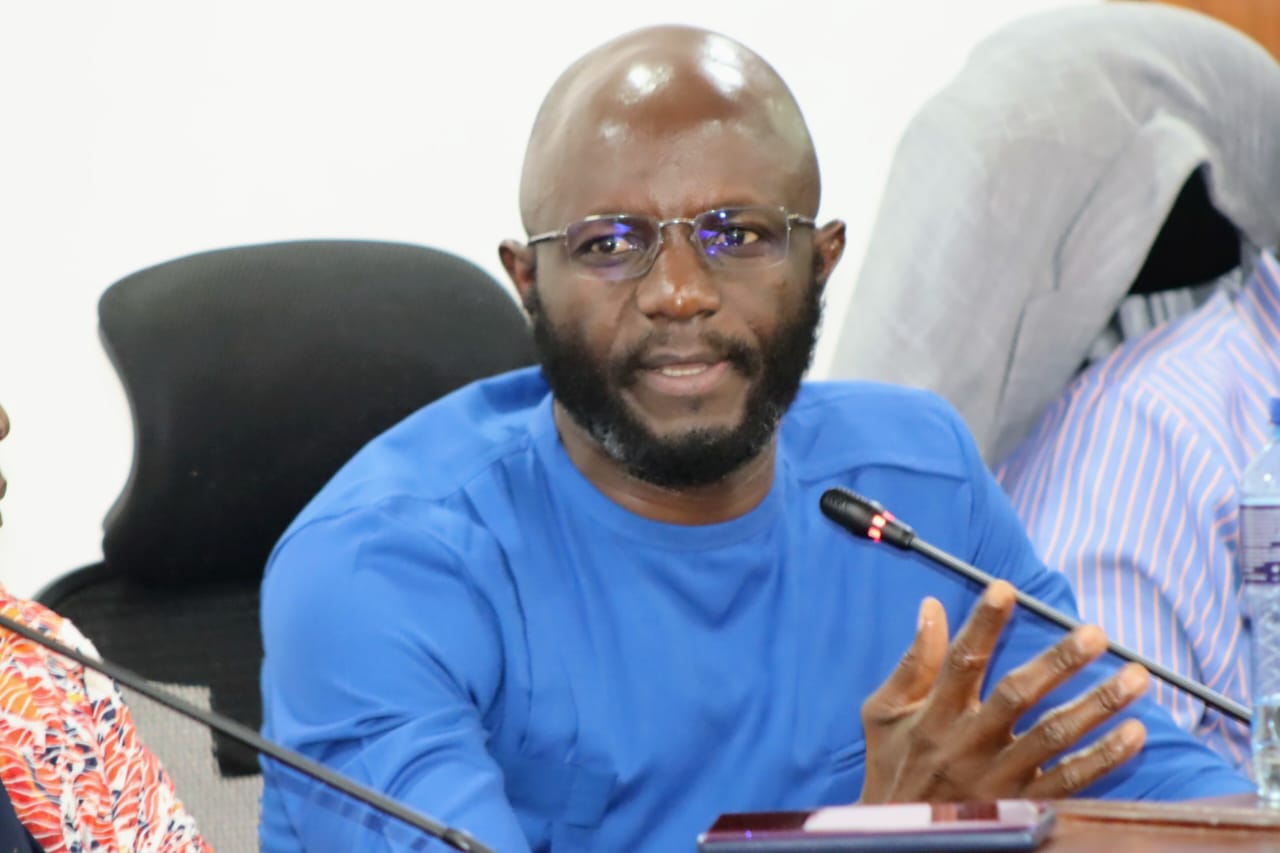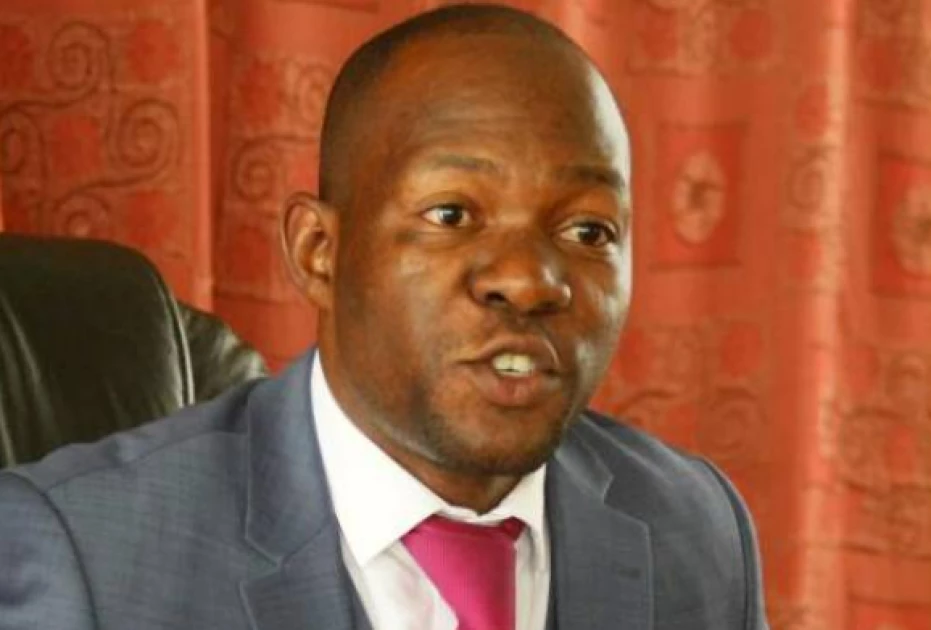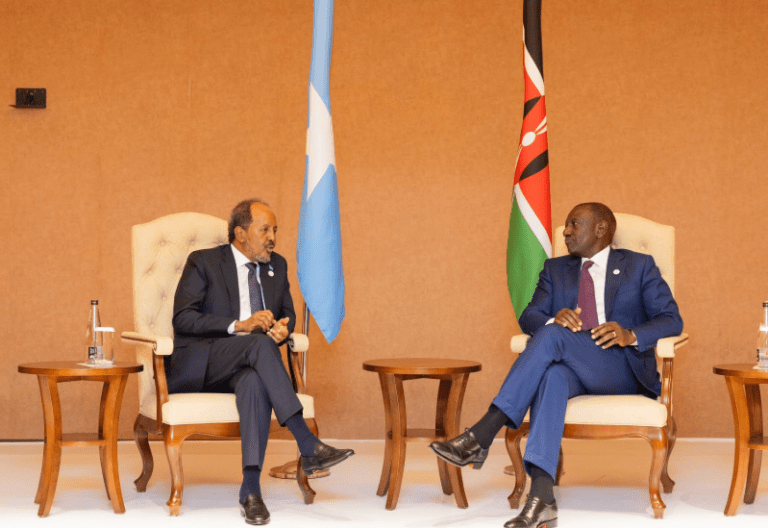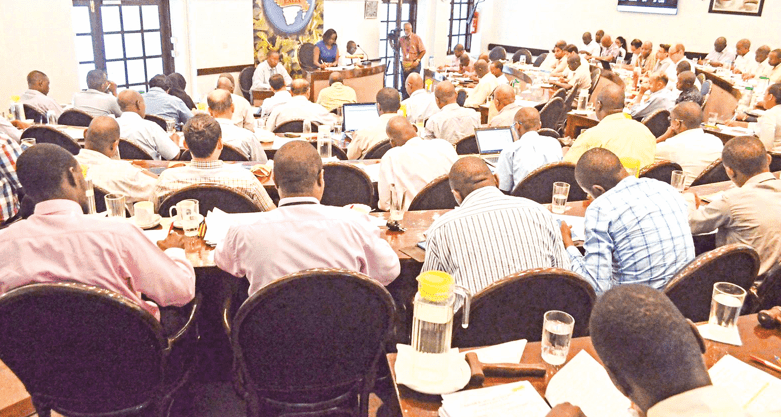How taxpayers lose billions in poorly planned State projects
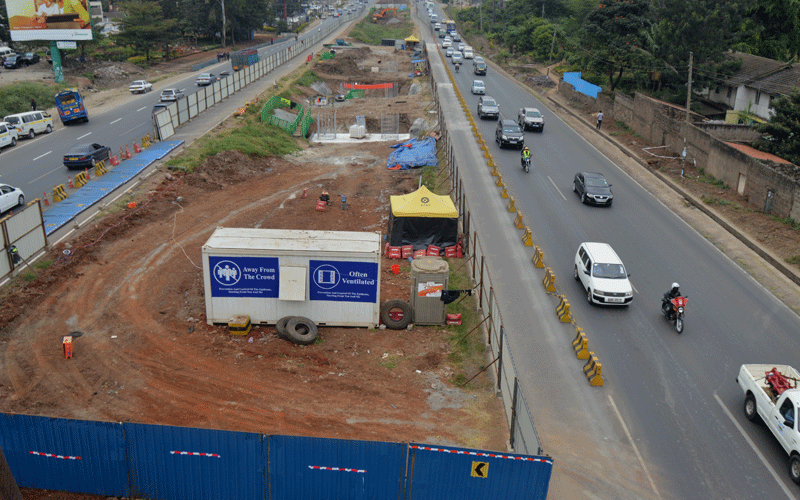
Planners cost taxpayers billions of shillings annually for missing out salient issues while putting up mega projects as the ongoing construction of the Nairobi Expressway can attest.
The Expressway begins at Mlolongo in Machakos County and connects Jomo Kenyatta International Airport (JKIA) to Nairobi city centre and then terminates at James Gichuru in Westlands
Preliminary works on Expressway project launched by President Uhuru Kenyatta in October, 2019 have commenced.
Main construction activities on the 27.1 Km project are scheduled for July 2020 with December 2022 as the set completion date.
The Sh62.2 billion expressway is expected to decongest the traffic choke points on Uhuru Highway and Mombasa Road by enabling motorists headed to Western Kenya to by-pass the Central Business District.
However, its construction has raised questions over the immense sums of money spent to construct two footbridges on Mombasa Road at a cost of Sh363 million, while State officials were aware of a plan to construct an expressway to ease the worsening traffic situation in Nairobi.
Double-decker
In fact, the plan to construct a double-decker road linking JKIA to Rironi in Limuru through Uhuru Highway, had been in the pipeline for many years before the World Bank threw it into doubt in 2017 after questioning its suitability and cutting financing.
Parliament in 2008 approved the construction of a double-decker road in Nairobi under a 30-year build-operate-transfer deal.
The road was to come with multiple inter-changes at inter-sections on Popo-Kapiti, Lang’ata-Lusaka, Bunyala, Rhapta and James Gichuru roads.
In a twist of events, however, Kenya National Highways Authority (Kenha) Director General Peter Mundinia now says the General Motors footbridge, constructed at a cost of Sh177 million and the Bellevue one, which cost Sh185 million, will be dismantled and new ones erected as part of the Nairobi Expressway works.
He said the super-structure of the existing bridges was constructed using structural steel members which can be recovered and re-assembled at the same or different location.
Kenya Roads Board (KRB) financed the construction work using money from the Road Maintenance Fuel levy fund.
Similarly in November last year, the Treasury requested taxpayers to foot a Sh7.7 billion bill to move water and sewerage lines from the path of the expressway.
Questions abound on whether these and other similar costs could not have been avoided had the development of City infrastructure followed strict adherence to a master plan.
For over 40 years, infrastructure development in Nairobi was guided by the 1973 Master Plan which was replaced in 2014 with the Nairobi Integrated Urban Development Master Plan (Niuplan).
However, many recommendations of the 1973 Master Plan were not realised resulting in additional costs in future infrastructural upgrades, a factor attributed to lack of commitment and political goodwill as well as capacity shortages in the now defunct City Council.
Tom Odongo, the Director of City Planning in Nairobi says not aligning service ducts with infrastructure development can result in added costs when making future changes.
“Previously, roads were not designed with service ducts. As a result, about a quarter of the cost of upgrading a road now goes to relocating service ducts.
Right now, that has been changed so that we do not disturb service ducts every time we are building a road,” he said.
He said the discomfort that comes with road upgrading was inevitable, noting that most roads in Nairobi have now exceeded their design capacity and may need some changes.
“Not everything can be anticipated. Urban development is dynamic. Solutions given 10 years ago may not work, hence, you have to keep reviewing the plans,” said Odongo.
Existing plans
Former Institute of Quantity Surveyors Kenya Chairman Andrew Mandere says the added costs arise mostly due to people failing to adhere strictly to existing plans.
“The problem is that we make plans but do not stick to them. If we have good plans and don’t follow them strictly things will always be done haphazardly forcing us to relocate structures in future,” said Mandere.
City residents are waiting to see if the new Nairobi Masterplan will eliminate the extra cost that emanates from poorly coordinated infrastructural projects.
Motorists will, however pay Sh300 each to use the elevated expressway which will have about 10 electronic toll stations.
